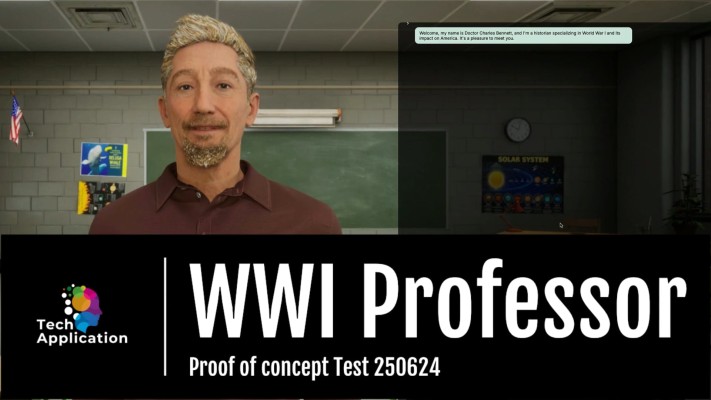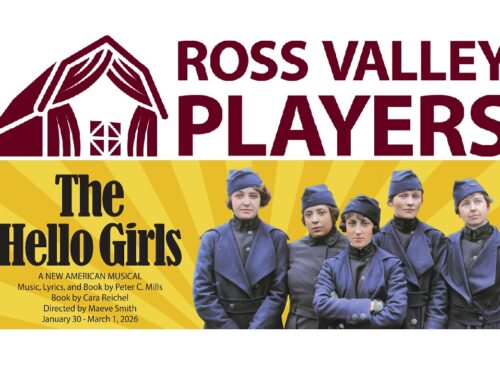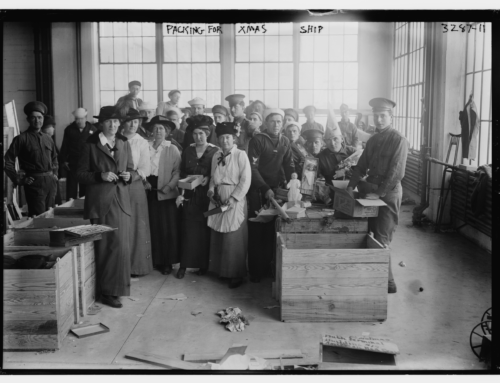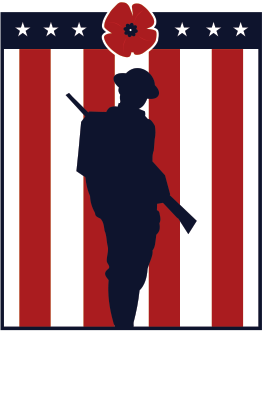Using Technology to Teach (and learn) WWI
Published: 4 August 2025
By Theo Mayer
Special to the Doughboy Foundation website
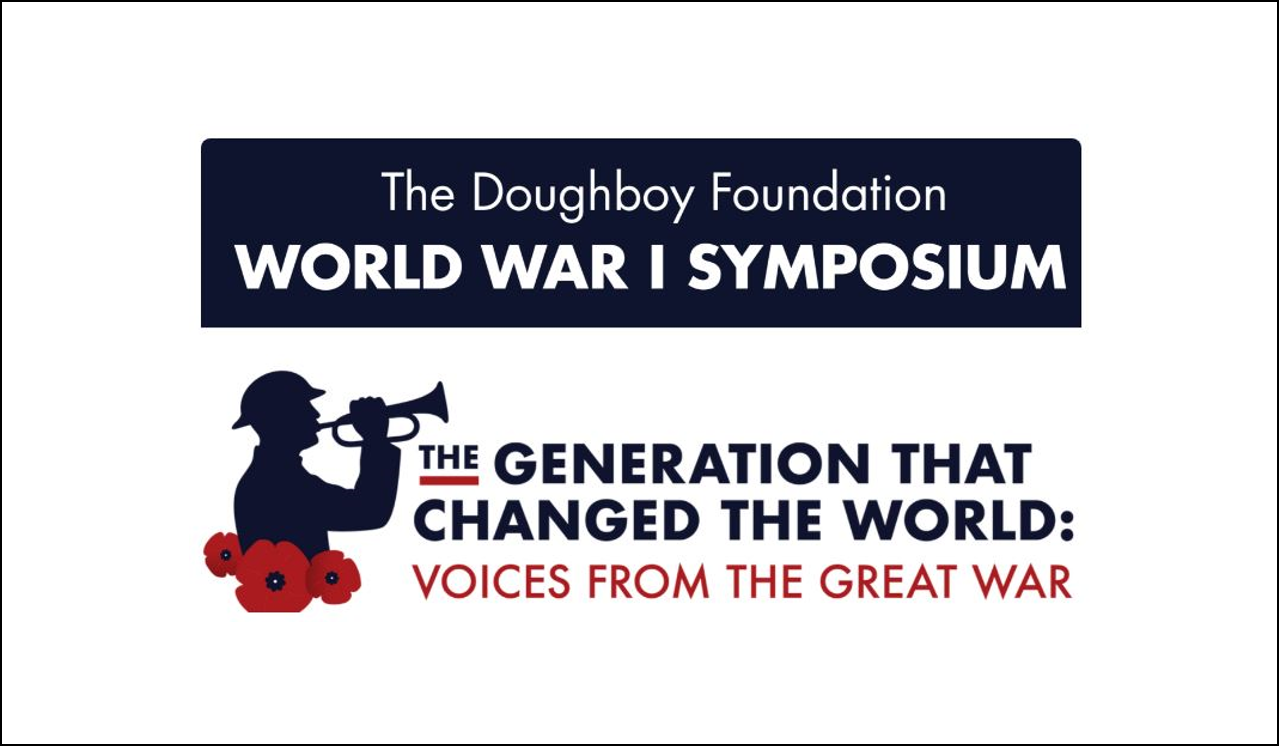
Theo header image symposium framed
An upcoming presentation at the inaugural World War I Symposium 9/12/2025
On September 12, 2025, I’ll have the privilege of joining a group of wonderful speakers at the Inaugural World War I Symposium, held in the First Amendment Lounge at the National Press Club in Washington, D.C. The event, produced by the Doughboy Foundation, is sure to be the first of many.
My session is titled “WWI Education Through Technology”—a fitting theme, since bringing tech to the WWI Centennial has occupied a big part of my brain for the past 12+ years. Since 2014, I’ve worked closely with the U.S. World War One Centennial Commission and its associated 501(c)(3) nonprofit partner, the Doughboy Foundation.
In fact, it was early on, while applying internet tech, that we discovered there was an education gap when it came to WWI in the U.S. As the Centennial period kicked off, we ran a study comparing WWI-related search terms on Google in the U.S. vs. Europe.
The results were startling. In the U.S., the selected WWI search terms came in at around 6–8,000 hits per week. In Europe? 150–180,000.
In other words, WWI in the U.S. was little more than a footnote wedged between Reconstruction and WWII.
“A kid shoots a duke—some Austrian crown prince—Europe goes to war, we didn’t want to, but got dragged in for a bit… yada yada… anyway, let’s talk about WWII.”
So we got busy applying technology to educate the public about America in WWI.
We started with the mid-2010s “Belle of the Digital Ball” — the internet. We invited dozens of subject matter experts about America and WWI, to tell their slice of the WWI story, each hosted on a “micro-site” space under our national WWI Centennial flagship WorldWar1Centennial.org . The resulting website is a totally unique treasure that still gets hundreds of thousands of visitors through organic search each year, though it has been static for over 7 years.
Under the leadership of then, WWI Centennial Commissioner Dr. Libby O’Connell—appointed to the Commission while chief historian (emerita) for the History Channel and Discovery Network—she pulled together top historians of the American WWI experience including: Dr. Christopher Capozzola (MIT), Dr. Jennifer Keene (Chapman), Dr. John Morrow (U of Georgia), Dr. Jeffrey Sammons (NYU), and Dr. Herman Viola (Smithsonian, emeritus) to name just a few. The result? A breakdown of WWI not just in political and military terms, but in social terms—How WWI Changed America not only explores its effects on women, African Americans, Native Americans, immigrants, propaganda, and yes, even the “Spanish Flu” pandemic.
And being the History Queen of Cable, Libby produced a brilliant set of 5–6 minute mini-documentaries to anchor each subject area, surrounded by strong teaching materials.
Another tech star rising in the late 2010s was the podcast! So we launched “WWI Centennial News”—150 weekly episodes connecting current events to their WWI-era roots. The fact that we pulled this off for three solid years speaks volumes about how consequential WWI still is today. We welcomed hundreds of amazing expert guests from incredibly diverse areas and built a dedicated audience of well over 100,000 listeners.
Meanwhile, the WWI Centennial Commission and the Doughboy Foundation—being of questionably sound mind—decided the Centennial’s capstone project would be to build a National WWI Memorial in the nation’s capital.
It’s easy. All ya gotta do is:
- Find a couple acres of land in DC
- Create a design
- Get that design approved by everyone in D.C. who’s got a dog in the fight
- Raise $50 million
- And—oh yeah—build it during our own pandemic, 100 years after the last one.
Back to tech and education.
With all that context, the idea of using Augmented Reality to put a 21st-century spin on a Memorial of an early 20th-century event—and to bring this history to life for a new generation of digital native learners—seemed like a really good idea. So we said, “Sure—prototype it. Let’s find some underwriting.” That led to the WWI Memorial Apps—one for on-site use at the new Memorial, and another that lets people take a virtual visit to the WWI Memorial in any park or parking lot where there is room to drop a virtual model of the Memorial big enough to walk around in.
But that was all yesterday. At this Inaugural World War I Symposium, we’ll be looking not only at how we’ve used technology to teach WWI, but what’s next.
As we head off to lunch, attendees will be invited to interact with—and try to stump—the WWI Professor, a prototype interactive, RAG-enhanced, agentic AI avatar stuffed full of all that rich “America in WWI” content we developed during the Centennial.
Please join us. Tickets are limited—and pretty darn inexpensive, too!
The Professor and I both hope to meet you there.
→ Read the article on the LinkedIn website.
External Web Site Notice: This page contains information directly presented from an external source. The terms and conditions of this page may not be the same as those of this website. Click here to read the full disclaimer notice for external web sites. Thank you.
